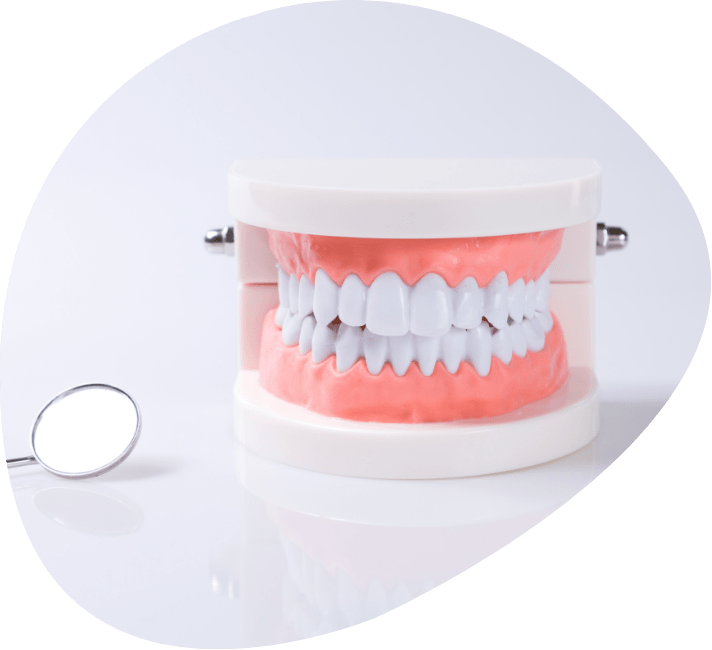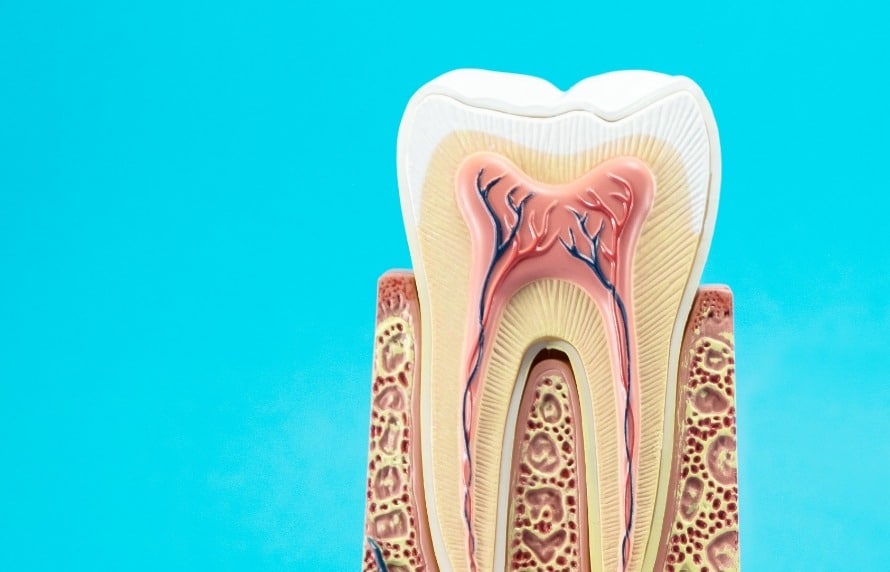Endodontics



To understand endodontics, you need to know anatomy of the tooth
Enamel: this is the outer layer of the tooth, covering the crown to protect it from external aggression. Very hard, it is nevertheless vulnerable to the effects of acidity and therefore prone to erosion
Dentin: the solid part of the tooth beneath the enamel. Yellow in color, it is criss-crossed by thousands of tiny, centrally-communicating holes known as tubules;
The pulp: this is the central layer containing the blood vessels and nerves essential for tooth development and eruption. It extends into the pulp chamber and root canal. Although it is more difficult to access, it is sometimes attacked by bacteria, particularly from decay that has deepened. This leads to severe infection, which must be eradicated to avoid numerous problems.
Endodontics: treating the pulp when necessary
Endodontics is not just about treating the pulp, but the diseased pulp itself. This part of the tooth receives little attention when it's healthy. To protect and preserve it, we need to prevent infection and limit the risk of trauma, whenever possible. That's why it's also important to treat cavities quickly, when they're in their early stages. Otherwise, the bacteria that caused it could infiltrate and attack the pulp, requiring endodontic treatment. This type of situation may also be the result of trauma that has caused tooth breakage or damage to internal structures. In all cases, pulp damage must be taken seriously, and only root canal treatment can save it!


Endodontic treatment near you
If you're suffering from a severe infection, your Centre dentaire Taschereau dentist will undoubtedly offer you appropriate endodontic treatment. He or she will be able to save your tooth and preserve the health, vision and function of your smile!
When a tooth's pulp (its center containing blood vessels and nerves) is attacked by bacteria, its survival is compromised. To enable it to maintain itself and continue to perform its functions, a root canal is required.